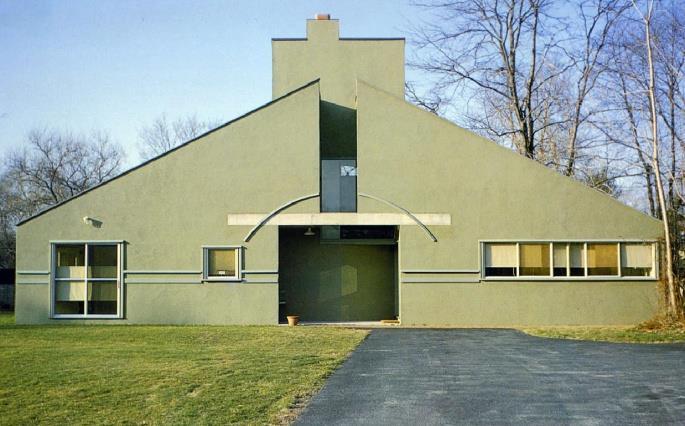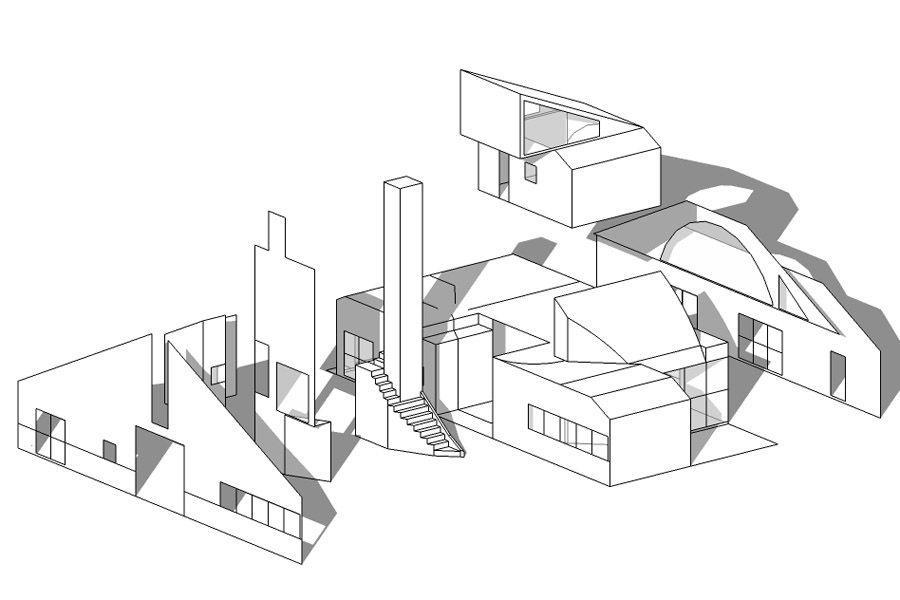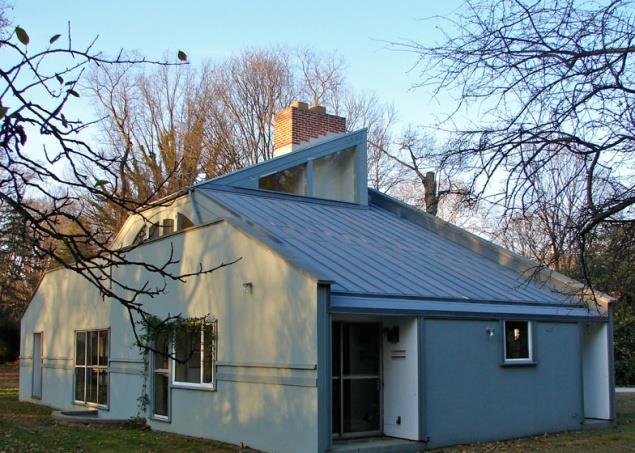
4 minute read
STREET RELATIVITY
FIGURE 10: THE SCALE OF THE STRUCTURE HELPS THE USER RELATE TO IT (IMAGE SOURCETRIPSAVY) Lines, patterns, contours- Our life is filled with design everywhere we turn. Whether it is work or home or even the street we walk on, how much thought do we really give to the spaces we live in? (Connecting With Architecture at the Eye-Level)
We, as architects, design spaces and structures from the human eye-level as it elevates the users’ senses and establishes a deeper connection with the surrounding spaces. The street edges consist of details and intricacies of everyday life and thus possess the power to engage the users and enhance their experience.
Advertisement
Various elements of the street edge such as placement of activities in various structures, the design of front doors, landscaping in front of structures, etc. play a very important role in enhancing the experience of the pedestrians. The users constantly communicate with the built environment through the lines that form the facade of the building. A primarily vertical expression of the building resembles a break in the building façade which makes the length of the street seem shorter. On the other hand, the horizontal lines reinforce the perception of a long walk.
Sai A. Pradhan l L. S. Raheja School of Architecture Traversing Through Architecture

FIGURE 11: THE FLUID CONTOURS OF THE HEYDAR ALIYEV CENTRE EXUDE A CALM, WHICH IS MIRRORED BY THE PEOPLE RELAXING AGAINST IT. (CONNECTING WITH ARCHITECTURE AT THE EYE-LEVEL) After walking on a given route multiple times, we create visuals and memories with our surroundings which help us navigate through the area. These markers can be in the form of iconic structures, lanes, corner buildings, busy ground floors, etc. One of the busiest shopping streets of Thane- Ram Maruti Road, houses activities ranging from shopping for clothes, jewelry, etc. to the food stalls for the frequent passersby from the railway station nearby. These activities convert into markers for the users which help them maneuver through the street and offer a sense of place. The users use shops and corner buildings such as Celebrations and Rajmata Vada pav as reference points. This verifies Kevin Lynch’s principle of 5 elements consisting of path, node, edge, district, and landmark. These elements come together to make this street walkable. But a lack of focus on the details of the built environment such as width of the footpath, contrast in the figure background, etc. mars the experiential quality of the street.
Architectural design has developed over the years from being perceived as twodimensional objects to structures with varying scales and proportions in the third dimension. This evolution has given rise to various structures that have been able to interact with the users on the streets and thus stand the test of time. The third dimension of the structure gives meaning to the structure and enhances the experience of the users on the streets.
Sai A. Pradhan l L. S. Raheja School of Architecture Traversing Through Architecture



FIGURE 12: VANNA VENTURI HOUSE FROM THE SOUTH-WEST, 2010 –PHOTOGRAPH BY SMALLBONES (FREARSON, 2015)
Sai A. Pradhan l L. S. Raheja School of Architecture Traversing Through Architecture


FIGURE 13: THE FACADE OF THE VANNA VENTURI HOUSE, 2011 – PHOTOGRAPH BY SMALLBONES (IMAGE SOURCEBLOGNAVER) One such revolutionary structure is Vanna Venturi’s house by Robert Venturi. The front elevation of the house is designed to look flat in two dimensions. It exudes a feeling of being closed off from its surroundings making the pedestrians feel disconnected from the house. However, the orthogonal view of the house reveals multiple details of skylights, variations in levels, voids, and contrast in colour and heights. These nuances coupled with the setback from the sidewalk with no physical barrier separating the users from the public realm of the streets, adds a layer of transparency and relatability with the structure while still maintaining the privacy of the residents of the house.

The first perception of the structures is formed from the eye level of the users on the streets. Therefore, it becomes imperative to infuse the built environment with elements that encourage the users to interact with them. Factors such as variations in activities on the ground floor, size, and proportion, colours, voids, landscaping, etc play an integral part in the design of a street edge.
Sai A. Pradhan l L. S. Raheja School of Architecture Traversing Through Architecture

Sai A. Pradhan l L. S. Raheja School of Architecture Traversing Through Architecture







